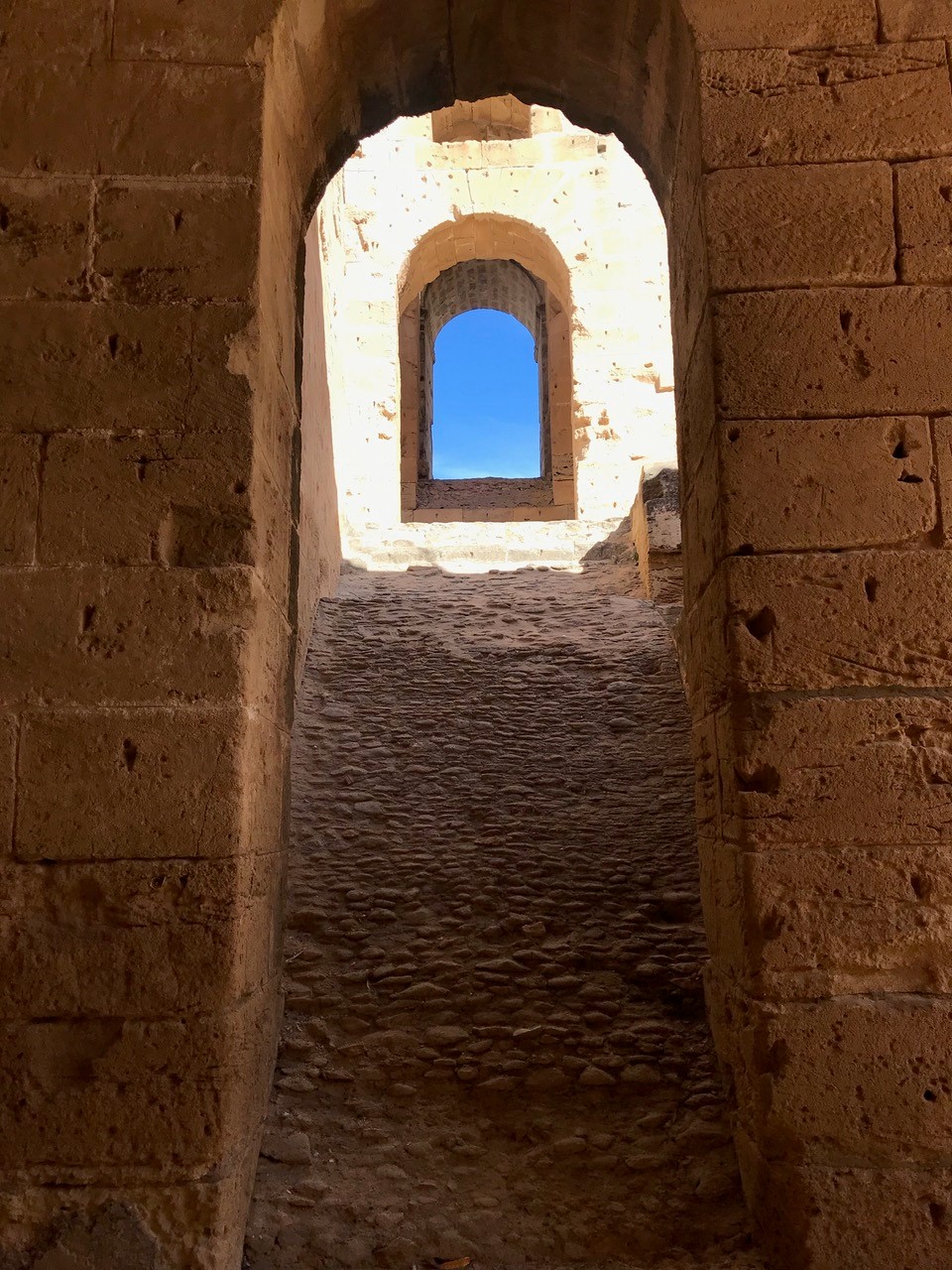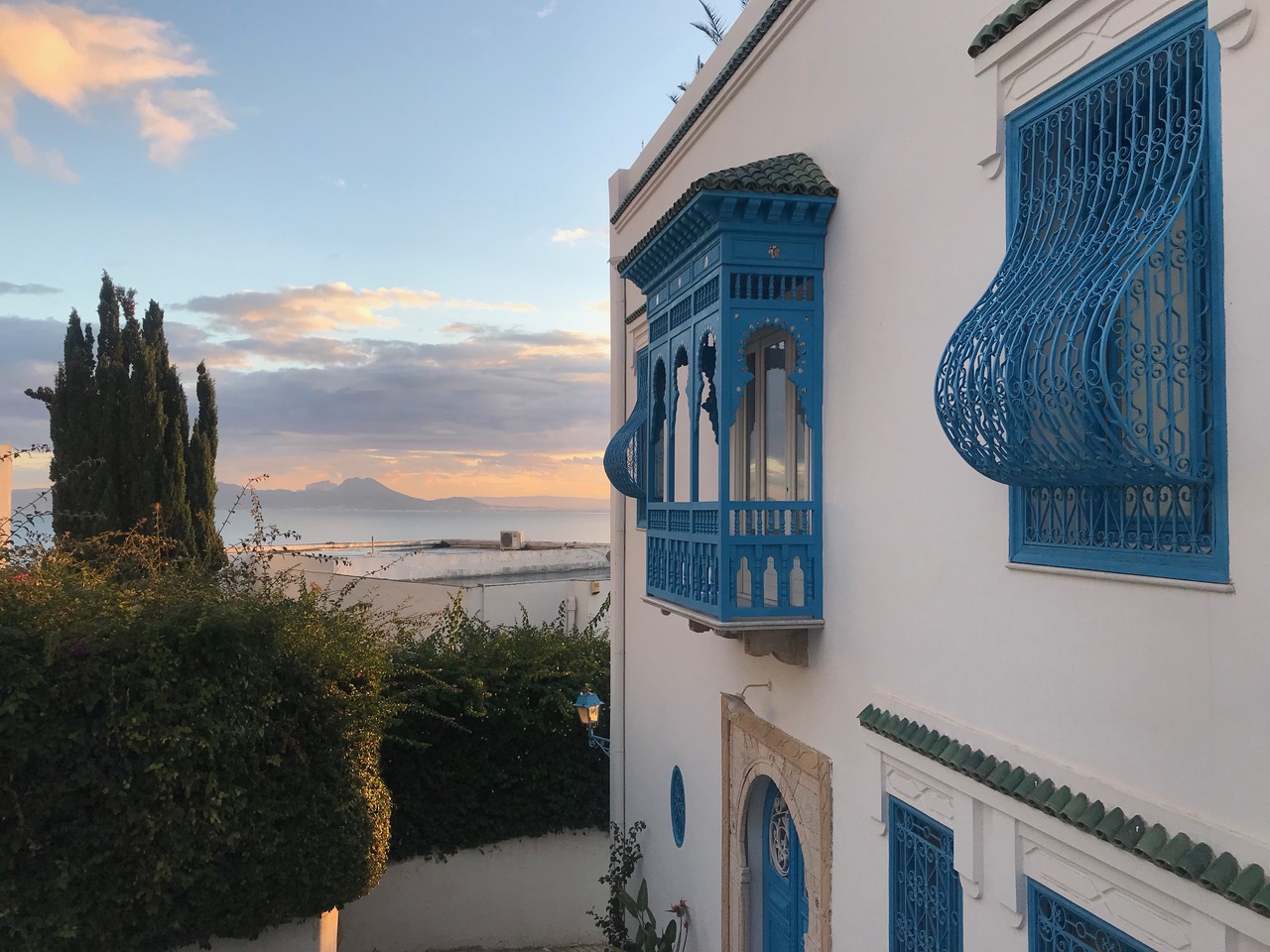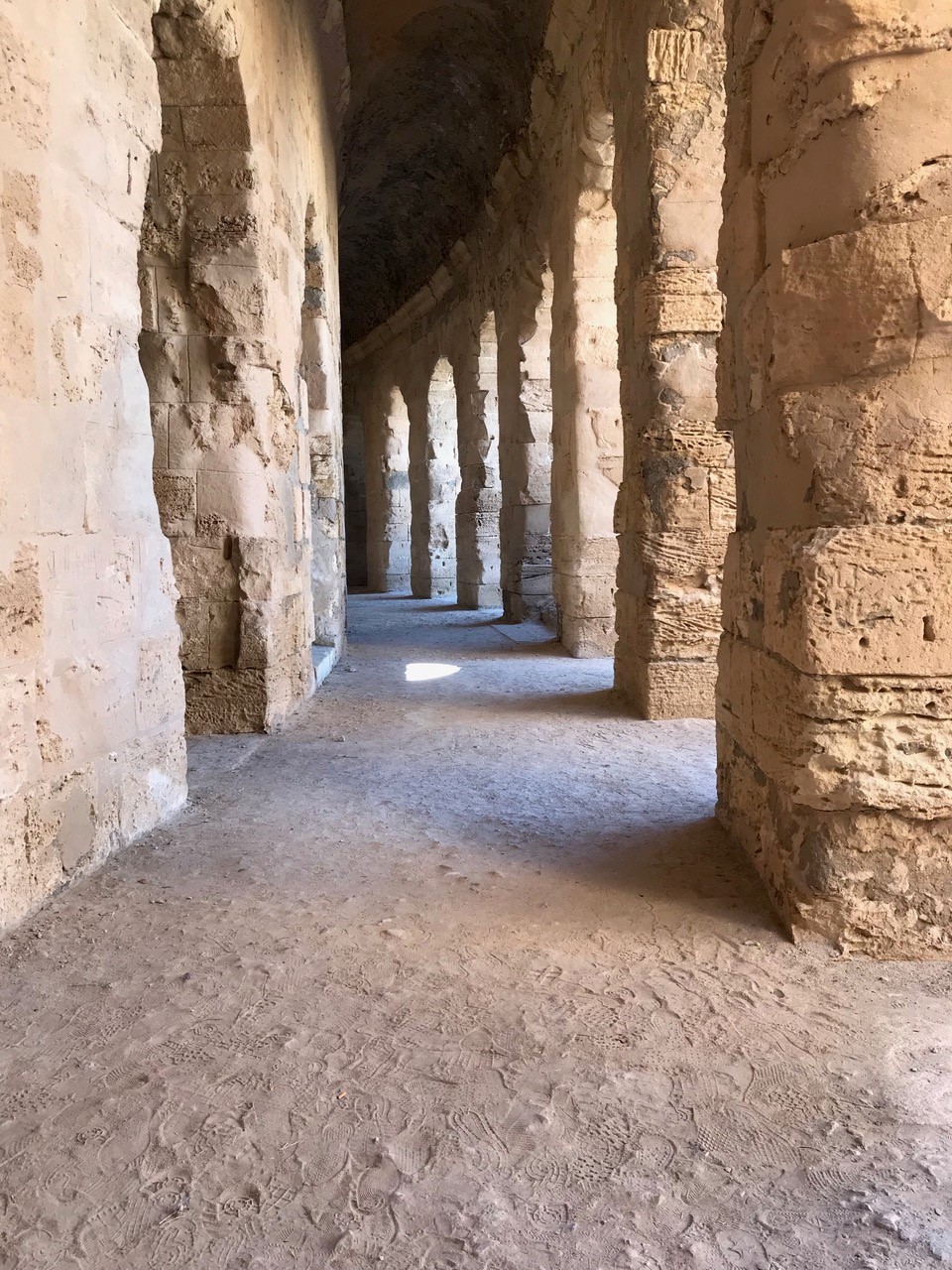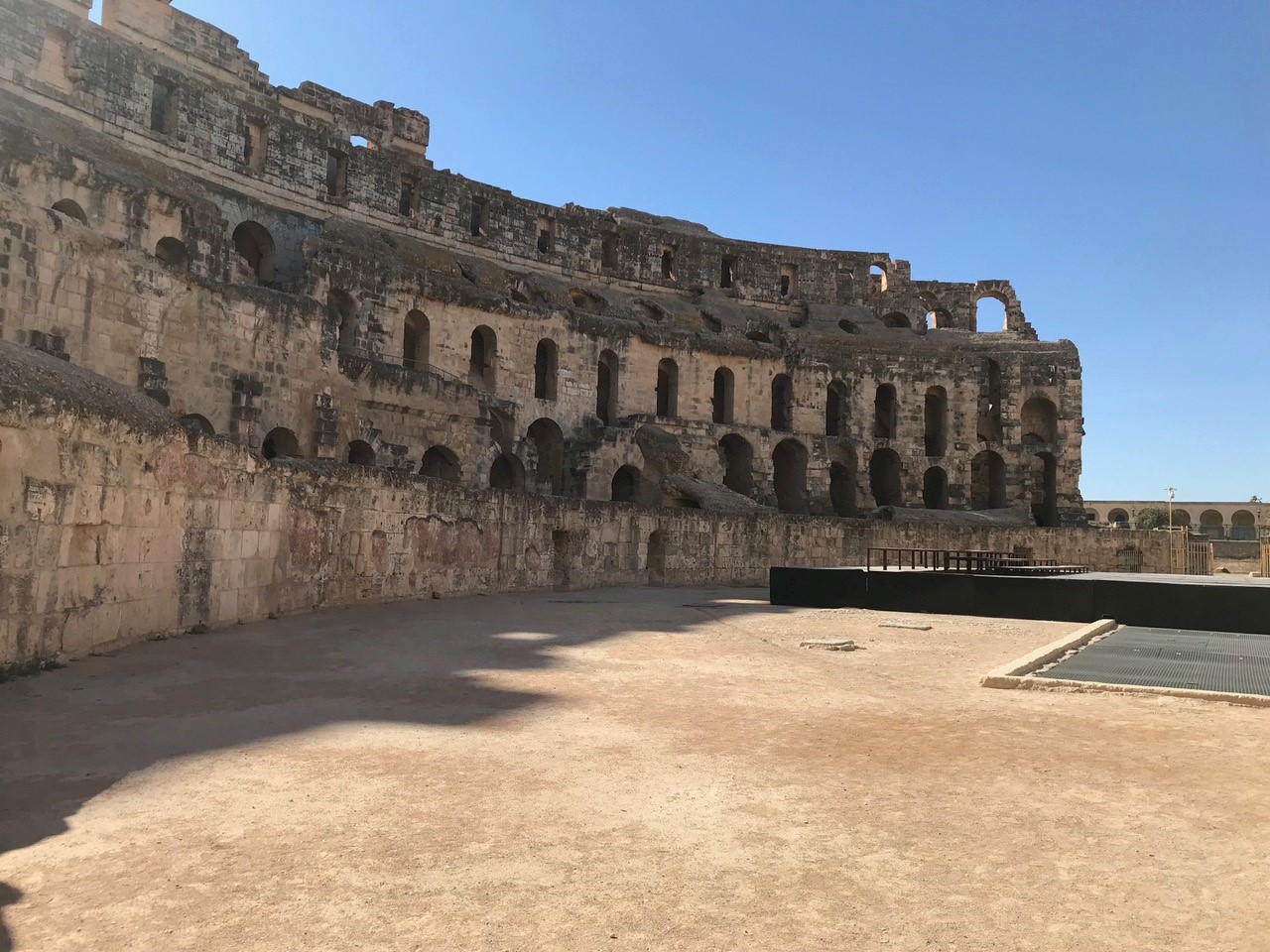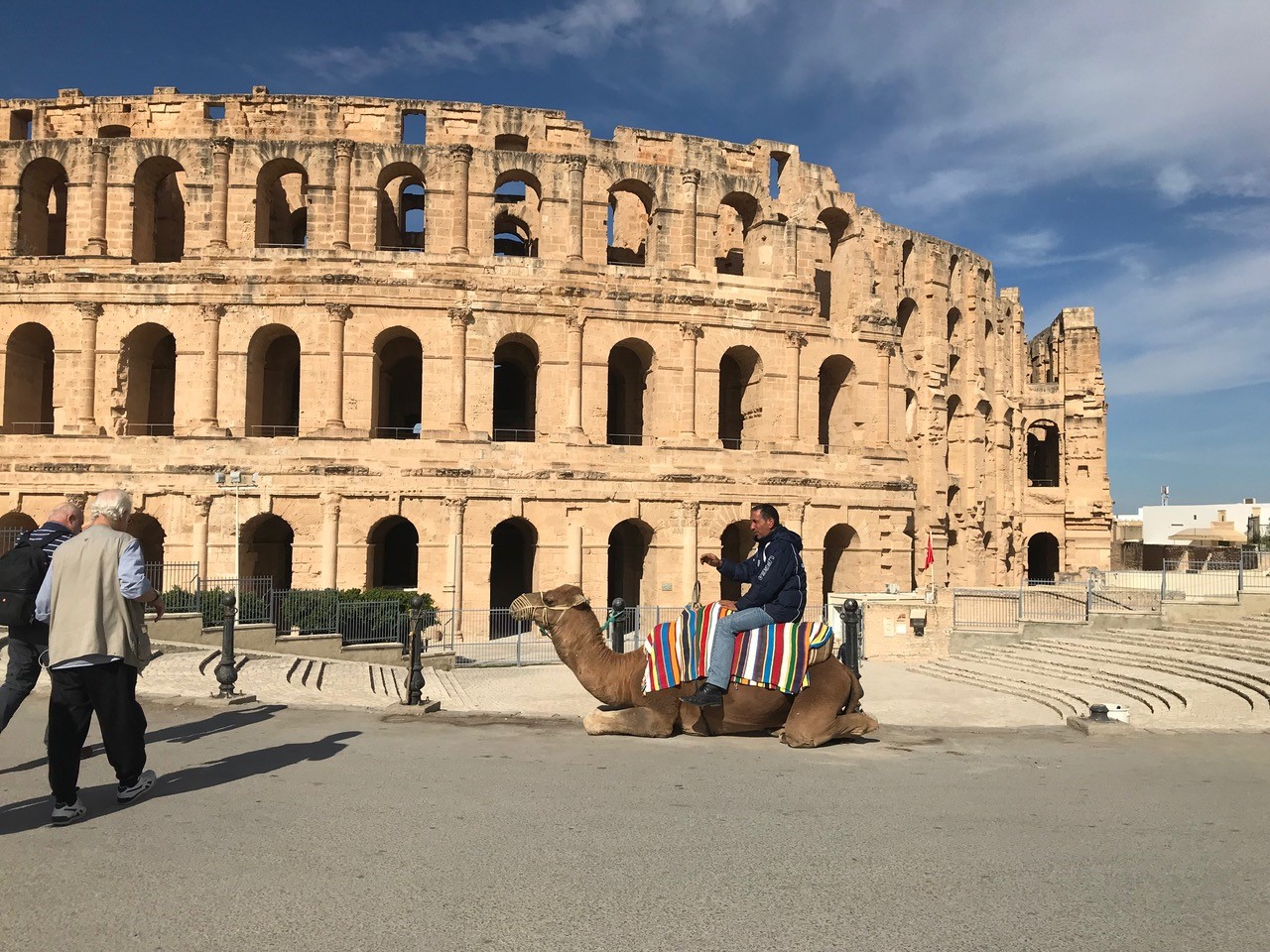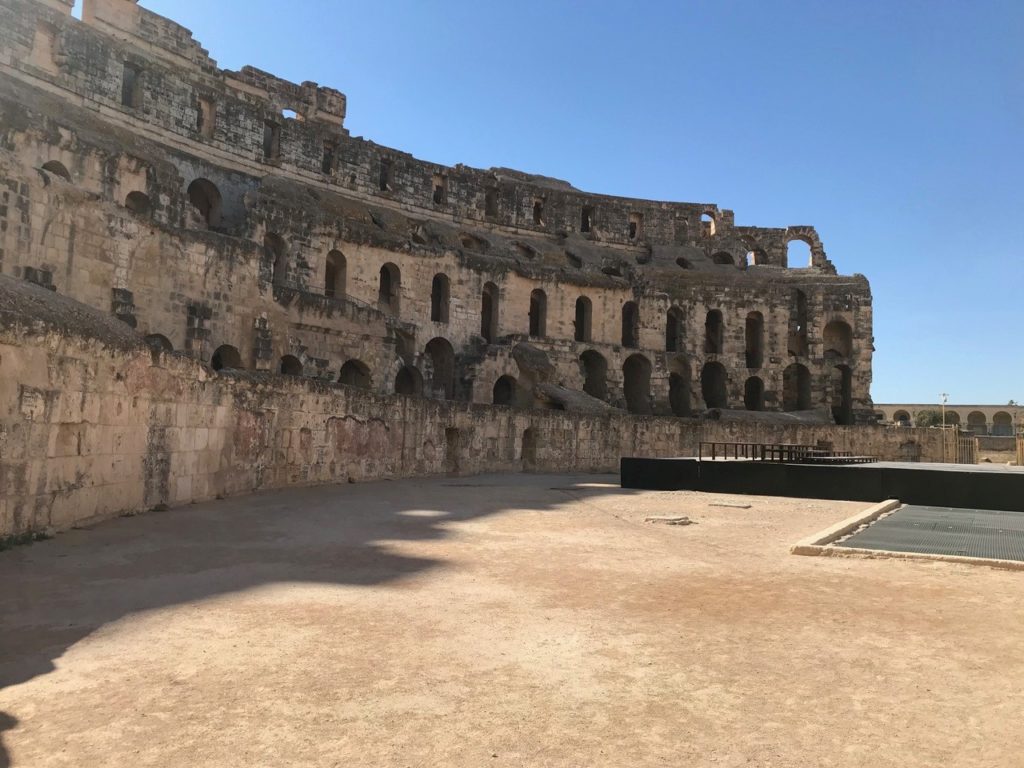Flights are returning to Tunisia at last, in time for a sunny alternative to the British winter. In late November when I visited, the temperatures were in the low 20s and they tend not to dip much below the high teens even throughout the colder months. It’s a tempting thought and visitors can be sure of an equally warm welcome, too, from the locals who have been suffering a long dearth of tourists over the last 18 months.
Hotels have upgraded during the long lockdown and are opening up again now with plenty of offers available for those hunting for a bargain winter holiday. There are lots of Covid-precautionary measures in place and all hotel and restaurant staff wear masks while the cleaning regime is more or less constant.
In seaside towns such as Monastir and Sousse, there are some excellent beachfront hotels, so you could just make this a quick escape to a sunnier clime. However, there is also the Tunisian way of life to explore at your leisure.
Tunisia retains a strong French influence (French is very widely spoken as is English in most places) and there is the kind of relaxed outdoor restaurant dining you might expect in France itself. The seafood in Tunisia is particularly good and the country prides itself on all of its local produce being super fresh. There are fine dining restaurants and, at the other end of the scale, the street food is definitely worth a try.
Brik is the most famous. It looks a little like a Cornish pasty but in reality it is the cousin of the Turkish borek – filo pastry stuffed with onion, tuna, parsley, harissa (the ubiquitous local spicy sauce) and an egg. This can cause a bit of a mess if you’re not expecting it and the recommended approach is to nibble your way around the outside till you find it!
Another favourite is “Bambalouni”, best described as a deep-fried doughnut that can (the choice is yours) be rolled in icing sugar and eaten hot as you walk down the street. The most famous bambalouni makers are in Sidi Bou Said village on the outskirts of Tunis. Built high above the city with views over Tunis-Carthage and beyond to the sea, this is definitely in the running for Africa’s prettiest village. All of the houses are painted white with sky-blue balconies, doors and railings and there are plenty of cafes and restaurants with stunning views (get there in time for sunset to make the most of it).
Wherever you are in Tunisia, you won’t be far from a traditional Medina or market. From spices to leather, carpets to silverware, perfume to dates, it’s all here to be haggled over. Shopping in the Medina takes time and the negotiations are part of the fun. Just remember never to take the first price offered and, if you’re thinking of buying a big item like a carpet, be prepared to sit down, drink tea and have a series of beautiful weavings unrolled at your feet for an hour or more.
Tunisia was the home of the Carthaginians and the famously sea-faring Phoenicians but was also part of the Roman Empire and, as a result, has North Africa’s largest and most impressive Colosseum at El Jem. It is a remarkable place and not far behind the Roman version in terms of its size – Rome had room for 43,000 spectators, El Jem can accommodate over 30,000. There are five tiers of marble seating and row after row of tall rounded arches, some of them massive, just for the glory of it!
It was here that the film Gladiator was made. And, for a touch of bathos, you can visit another famous film set at Monastir. The fort here is dramatic and beautiful – especially if you visit at sunset with a moon rising and a starry sky. And the film? Life of Brian.
But perhaps the most famous film set of all in Tunisia is way down in the South at Tatouine. And if that name rings a bell, it’s not surprising. George Lucas chose the same name for his Star Wars films and Planet Tatooine was where Anakin Skywalker lived as a boy. Lucas didn’t just take the name, he adopted the troglodyte living that the locals enjoy down here in caves that are surprisingly comfortable, cool in the summer, warm in the winter. He even dressed Obi Wan Kenobi in the brown hooded cloak favoured by the local Berbers.
So you can certainly go to Tunisia for a sunny winter break and relax on your lounger for a week or two – but that would be to miss out on so much. There’s a huge cultural hinterland here just waiting to be explored.
